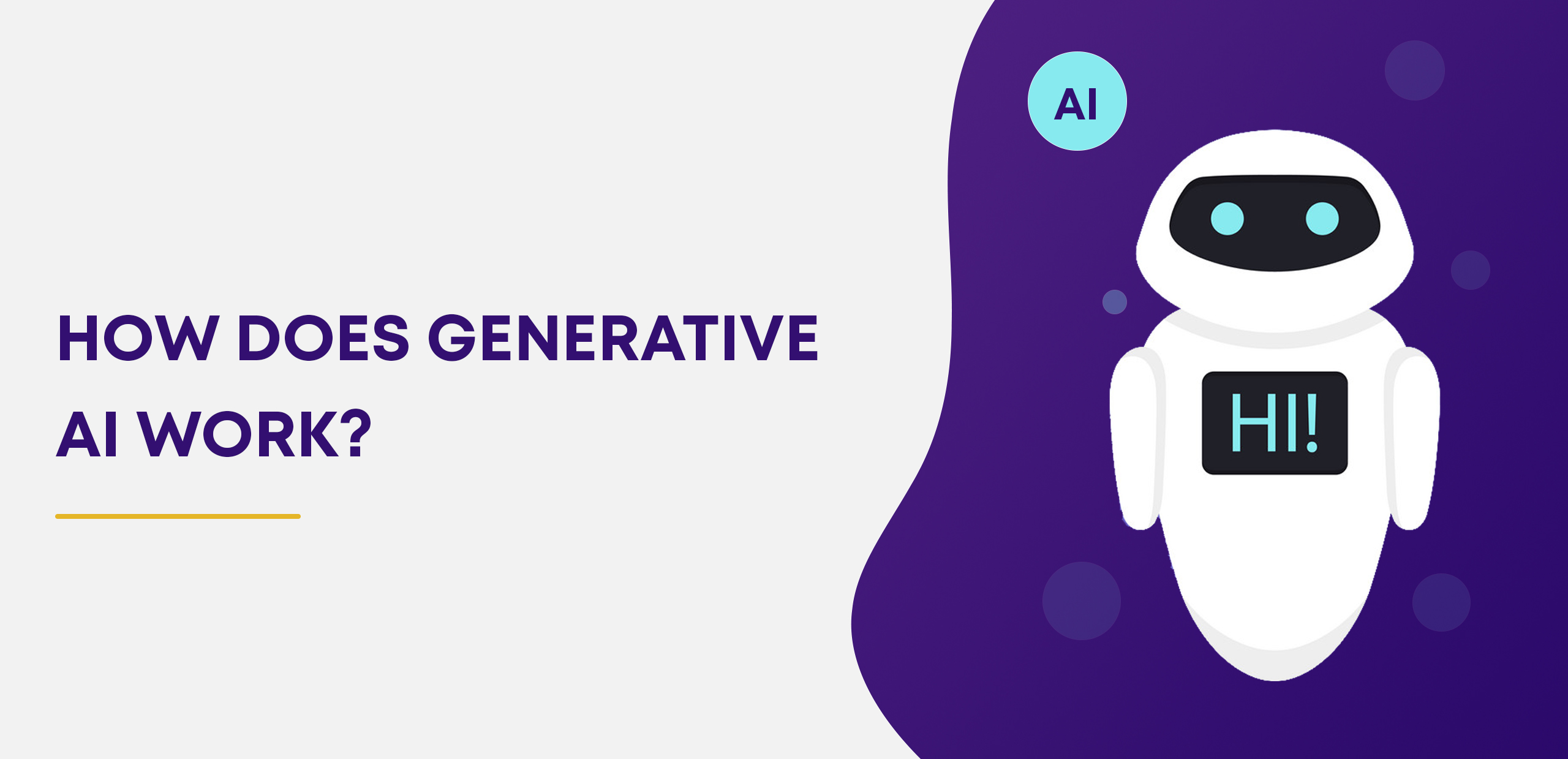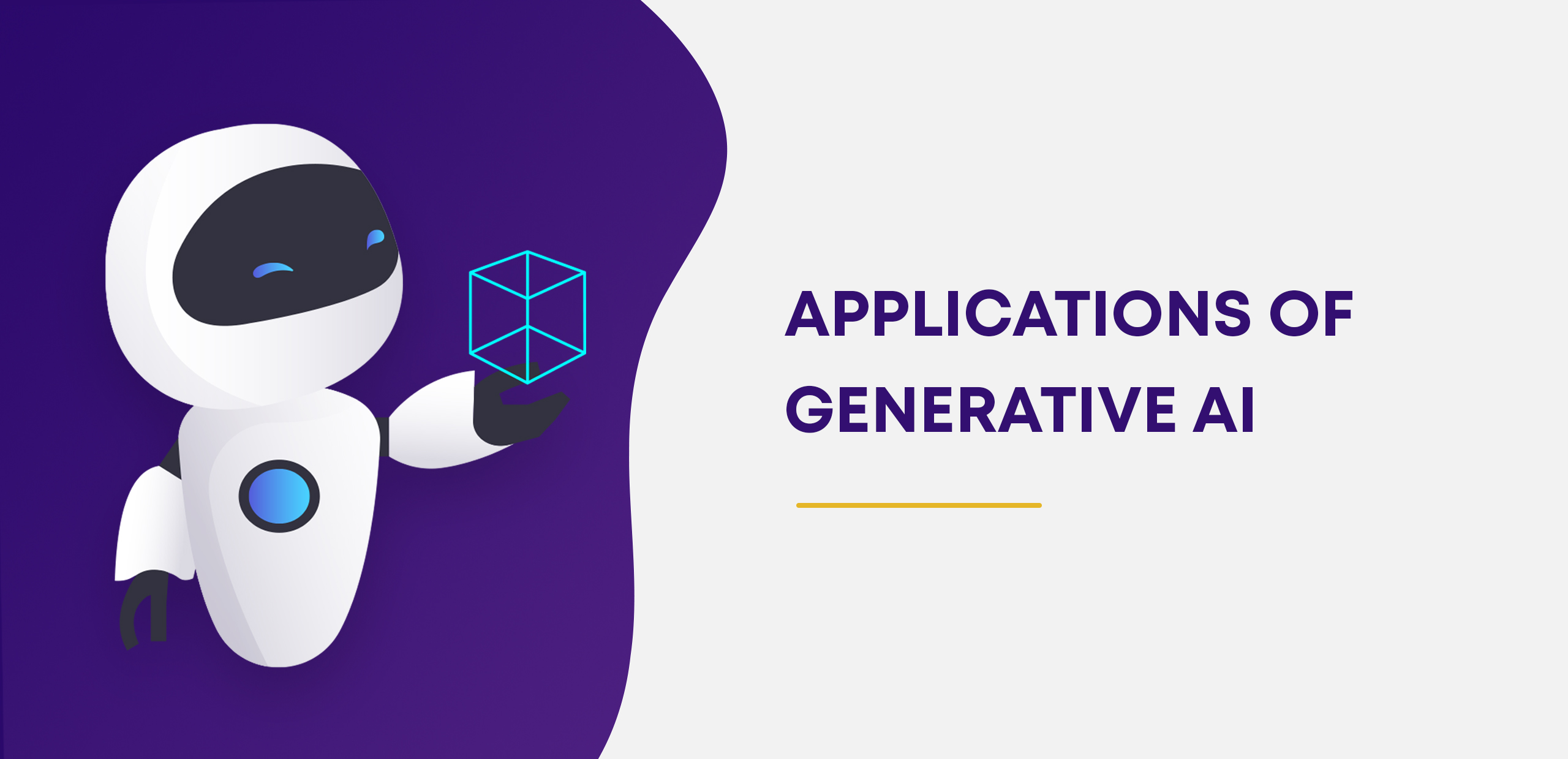Unlocking the Potential of Generative AI: A Guide to AI and ML Development
Generative AI: An Introduction to Artificial Creativity
Artificial intelligence (AI) has been a buzzword for many years, but only recently has it been able to demonstrate creative capabilities through generative AI. Generative AI is a branch of AI that focuses on creating algorithms and models that can generate new and original content that is similar to, or sometimes even indistinguishable from, human-created content. In this blog post, we’ll explore what generative AI is, how it works, and some of its most exciting applications.
What is Generative AI?
Generative AI is an AI technique that involves using machine learning algorithms to create new content. These algorithms are trained on large datasets of existing content, and they learn to recognize patterns in that content. Once the algorithm has learned these patterns, it can generate new content that is similar to, or sometimes even indistinguishable from, the original content.
Generative AI can be used for a wide range of applications, including creating images and videos, generating personalized recommendations for products or services, and even generating natural language responses to user queries in chatbots or virtual assistants.
Also read: What is AI/ML and why does it matter to your business?
How Does Generative AI Work?

Generative AI relies on a variety of machine learning algorithms, including generative adversarial networks (GANs), variational autoencoders (VAEs), and recurrent neural networks (RNNs). These algorithms work by learning patterns in existing data, and then using those patterns to generate new content.
Generative Adversarial Networks (GANs)
Generative adversarial networks (GANs) are a type of neural network that consists of two parts: a generator and a discriminator. The generator creates new content, while the discriminator evaluates that content to determine whether it is real or fake.
During the training process, the generator creates new content and passes it to the discriminator. The discriminator then evaluates that content and provides feedback to the generator. This feedback is used to improve the generator’s ability to create new content that is more realistic.
One of the most impressive applications of GANs is the creation of deepfakes. Deepfakes are videos or images that have been manipulated to replace one person’s face with another. GANs can generate realistic images and videos of people that do not exist, and these can be used to create convincing deepfakes.
Another application of GANs is the creation of art. By training a GAN on a dataset of paintings, for example, the generator can create new paintings that are similar in style to the original paintings. This has been used to create some fascinating artwork, including the first AI-generated painting to be sold at an art auction.
Variational Autoencoders (VAEs)
Variational autoencoders (VAEs) are another type of neural network that are used in generative AI. VAEs work by encoding existing data into a low-dimensional space, and then using that encoded data to generate new content.
During the training process, the VAE learns to encode existing data into this low-dimensional space. Once the VAE has learned to encode the data, it can generate new content by decoding the encoded data back into the original space.
One of the most exciting applications of VAEs is in the field of drug discovery. By training a VAE on a dataset of known molecules and their properties, researchers can generate new molecules that have similar properties. This can significantly speed up the drug discovery process, as researchers can quickly generate new drug candidates without the need for time-consuming laboratory experiments.
Recurrent Neural Networks (RNNs)
Recurrent neural networks (RNNs) are a type of neural network that are often used in generative RNNs work by processing sequences of data, such as text or music. The network is designed to remember information from previous steps in the sequence, which allows it to generate new content that is coherent and follows the patterns of the original data.
One of the most well-known applications of RNNs in generative AI is in the field of natural language processing. By training an RNN on a large dataset of text, the network can generate new text that is similar in style and tone to the original text. This has been used to create chatbots and virtual assistants that can respond to user queries in a natural and conversational way.
Applications of Generative AI

Generative AI has a wide range of applications, and its potential uses are still being explored by researchers and developers. Here are just a few of the most exciting applications of generative AI:
Art and Creativity
Generative AI has been used to create some stunning works of art, including paintings, music, and even poetry. By training a model on a dataset of existing art, the model can generate new art that is similar in style and tone to the original pieces. This has been used to create some fascinating works of art, including the first AI-generated painting to be sold at an art auction.
Content Creation
Generative AI can be used to create new content for websites, social media, and other platforms. By training a model on a dataset of existing content, the model can generate new content that is similar in style and tone to the original content. This can help content creators to generate new ideas and keep their content fresh and engaging.
Virtual Assistants and Chatbots
Generative AI can be used to create virtual assistants and chatbots that can respond to user queries in a natural and conversational way. By training a model on a large dataset of text, the model can generate new responses to user queries that are similar in style and tone to the original text. This can help to improve the user experience and make virtual assistants and chatbots more useful and engaging.
Drug Discovery
Generative AI has the potential to significantly speed up the drug discovery process. By training a model on a dataset of known molecules and their properties, researchers can generate new molecules that have similar properties. This can help to identify new drug candidates more quickly and efficiently than traditional laboratory experiments.
Conclusion
Generative AI is an exciting field that holds immense potential for businesses and individuals alike. At Nettyfy Technologies, we specialize in AI and ML development and can help you unlock the power of generative AI to improve your business operations and create new and innovative content. Whether you’re looking to create virtual assistants, chatbots, or explore new creative possibilities, our team of experts can help you navigate the complex world of generative AI and develop custom solutions tailored to your needs.
Don’t miss out on the exciting opportunities that AI and ML development can offer. Contact us today to learn more about how Nettyfy Technologies can help you leverage generative AI to drive growth and innovation in your business.


